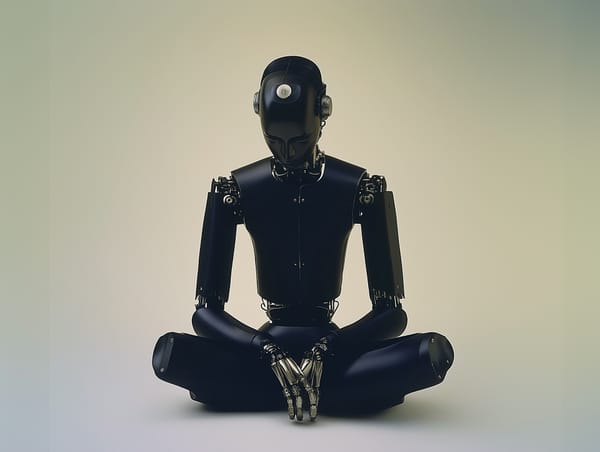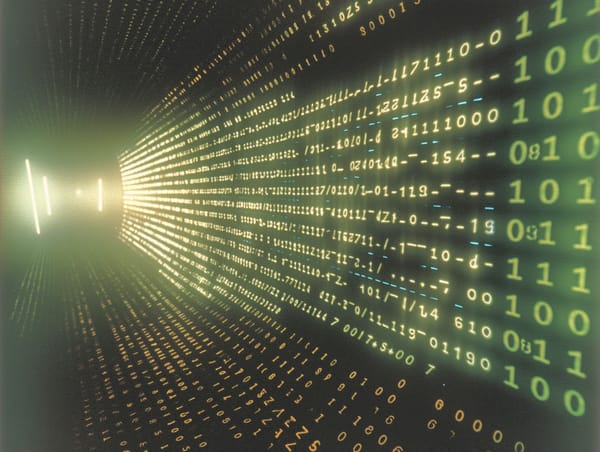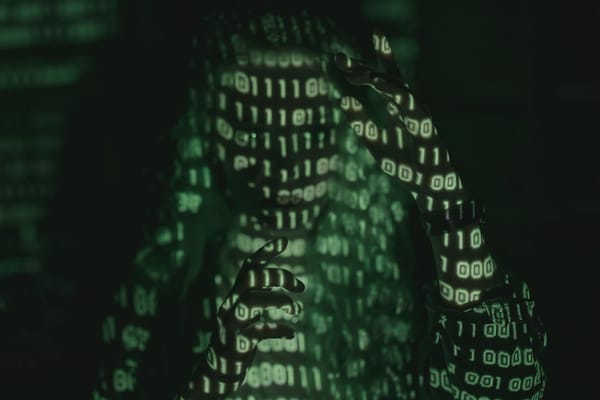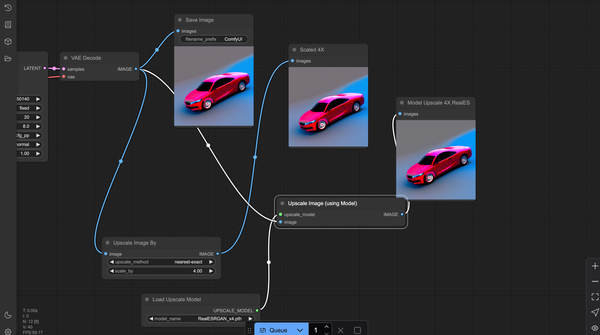Understanding Web 3.0: The Future of the Internet
Table of Content
Web 3.0, often referred to as "Web 3," is the future of the internet, marking the next major phase in its evolution. This technological advancement is set to give internet users more control and ownership over their online data, transitioning the internet from the current 'read-write' system to a 'read-write-own' system.
What is Web 3.0?
Web 3.0 is facilitated by the use of blockchain technology, shared ledgers, and databases. It has been designed to revolutionize how we interact online, introducing tokens and voting rights to decentralize control and give users a say in how the internet operates.
Web 3.0 applications are built on this new technology, and we have already seen early examples with the advent of cryptocurrencies such as Bitcoin, Ether, and Tether. Other examples include non-fungible tokens (NFTs) and distributed autonomous organizations (DAOs).
Use Cases of Web 3.0
In Web 3.0, users will no longer trade personal data for free services. Instead, users of Web 3.0 applications could earn tokens and cryptocoins for their online contributions.
These contributions could include activities like reporting bugs or validating transactions, also known as 'mining'. These tokens and cryptocoins can then be traded directly with other users, offering a new method of online exchange.
The Main Benefits of Web 3.0
Web 3.0 promises a more personalized and customized browsing experience, alongside a smarter, more human-like search assistant. It also brings about the concept of decentralization, giving more power to users. The internet will become more open, trustful, and permissionless, giving users more control over their data and creating a more equitable web.
However, it's essential to note that although Web 3.0 offers exciting possibilities, it also comes with challenges. These include concerns over energy consumption, the prevalence of scams, the scalability of technologies, and potential stifling of innovation due to blockchain's decentralized nature.
Conclusion
In conclusion, despite these challenges, Web 3.0 is set to become an integral part of our daily lives, revolutionizing the way we interact with the internet and each other. As we move towards the era of Web 3.0, we are moving towards a more user-centric model of the web, where data privacy and user control are paramount.











